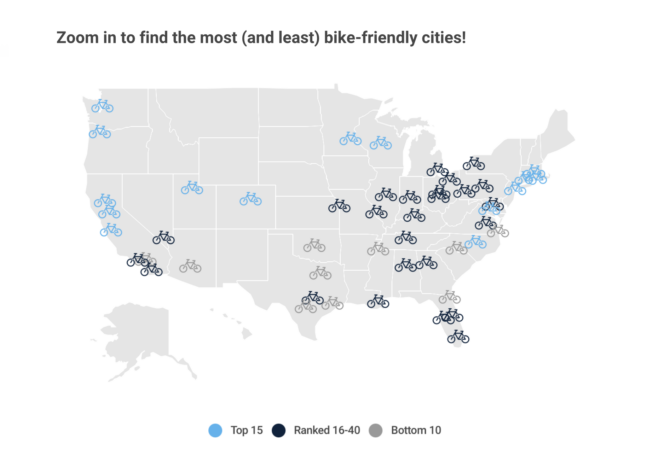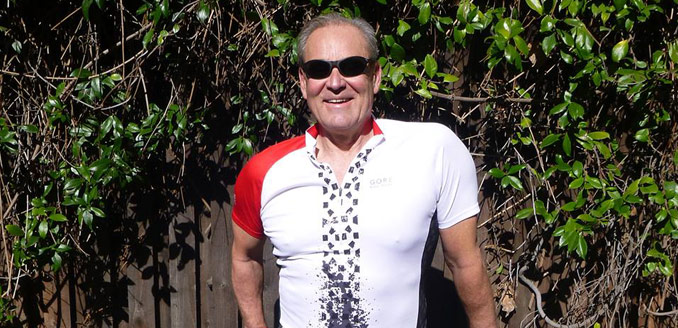
The Most Bike-Friendly Cities in the U.S. (2023 Data)
From ListWithClever.com
By Jaime Dunaway-Seale
In a modern world with an abundance of fast, motorized options for transportation, the humble bicycle is experiencing a boom not seen in the U.S. since the 1970s.
Americans rediscovered the bicycle during the pandemic as they looked for safe, socially distant forms of exercise, recreation, and transportation. Bike sales surged, and retailers struggled to keep up with demand.
Three years later, Americans are still pedaling in high gear while other pandemic fads have fallen flat. In 2022, U.S. consumers spent $8.2 billion on bicycles and accessories — up from $6.9 billion in 2020.
Cycling is fun, healthy, and good for the environment, but it can be a perilous pastime depending on a city’s infrastructure. Many motorists assume the streets were made for them, although cyclists were actually the first people to lobby cities for paved roads.
Some cities, however, are shifting away from a car-centric transportation model by adding designated bike lanes, building off-road bike paths, and increasing access to bike-sharing options.
To determine the most bike-friendly cities in America, we evaluated multiple metrics, including:
- 5x: The bikeability of the metro area based on Walk Score’s bike score.
- 5x: The number of bike trails per 100,000 residents, emphasizing access to non-road bike areas.
- 4x: The number of cyclists involved in fatal motor vehicle crashes in 2021 per 100,000 residents.
- 3x: The number of bike shops per 100,000 residents, including bike repair locations.
- 3x: The number of bike share docking stations per 100,000 residents.
- 2x: The number of bike rental shops per 100,000 residents.
- 2x: The number of days the metro has a moderate air quality index score of above 50 but below 100. Below 50 is considered “good,” and lower values are ranked higher.
- 1x: The number of wet weather days per year. Lower values are ranked higher.
- 1x: Total search volume for 10 bicycle-related search terms, such as “biking,” “cycling,” and “bike trails,” on Google.
- 1x: The percentage of workers who commute by bicycle. A higher percentage may act as an indicator of bicycle-friendly transportation infrastructure.
- 1x: Commitment to Vision Zero, a nonprofit campaign helping communities commit to transit and bicycle safety with the goal of eliminating traffic fatalities and injuries.


